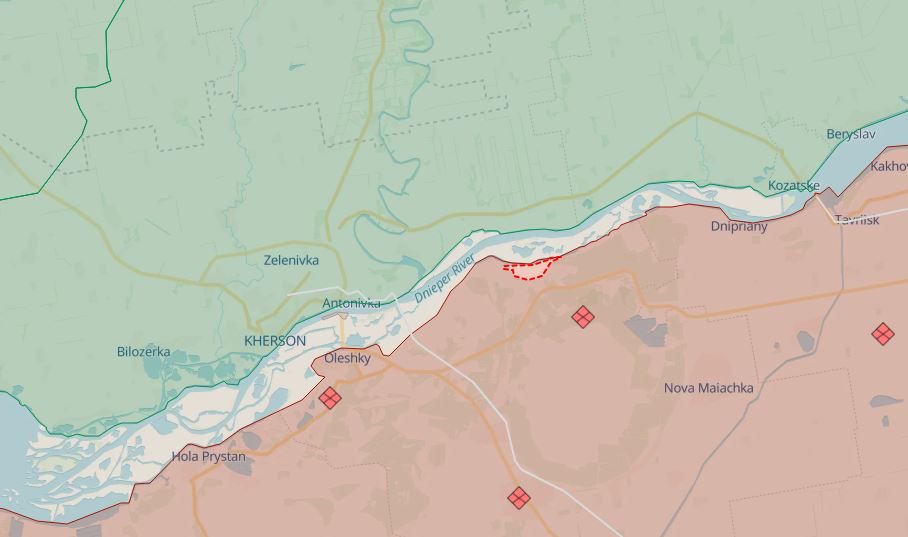In an interview with Radio NV, Yigal Levin, an officer in the Israeli Defense Forces and military analyst, discussed the value of raids in modern warfare and Ukraine's recent successful operation across the Dnipro River.

Levin pointed to famous Israeli raids like Operation Raviv in 1969, when nearly 100 tanks raided Egypt to destroy artillery threatening Israeli villages. "It was a raid, tank crews felt like special forces," Levin explained. "They executed tasks, gathered intelligence, set ambushes, then withdrew."
"Raids are a type of combat," Levin explained. "You don't occupy territory. You can have large forces, even tank units, but the goal is to complete certain tasks - destroy targets, gather intelligence, set ambushes - and then withdraw."
According to Levin, raids happen frequently in wars, but many go unreported publicly. He believes Ukraine regularly conducts raids in Russian-occupied areas. "Do Ukrainian forces go on raids there? Yes, constantly, since last year," he said, citing operations by various Ukrainian units, including the Ukrainian Intelligence, the Army, Special Operations Forces, the Foreign Legion, and volunteer battalions.
Often they stay on Russian-controlled territory for a long time, destroy enemy troops, and take prisoners, Levin says, adding that this includes occupied Crimea and that Ukraine's General Staff says nothing about these ooperations.
Levin analyzed a recent Ukrainian raid at Kozachi Laheri west of Kherson that sparked panic among Russian occupation authorities. He believes Ukrainian raiders likely destroyed an ammunition depot and captured personnel, yielding valuable intelligence before withdrawing.
"The capture of Russian soldiers, including a major, allows Ukraine to gain important information," Levin said. "This was a successful classic raid that will be studied in future military textbooks, like famous Israeli raids."
Citing Russia's panicked response, he argued the Russians exaggerated the raid as a major "bridgehead" when it was likely just a temporary operation.
Trending Now
"If the raid ends with a bridgehead, it's not a raid," he argued. "To keep a bridgehead, you need considerable forces for defense and logistics." With the natural barrier of the Dnipro River, Russia would have to move large numbers of troops across, which Levin sees no evidence of yet.
According to Levin, the raid let Ukraine destroy a Russian ammunition depot and capture personnel, likely gaining valuable intelligence. Overall, he called it a "typical classic situation" and a raid destined to be studied in future military textbooks, like the Israeli raids.
Ukraine conducts successful raid across Dnipro river in new direction east of Kherson

